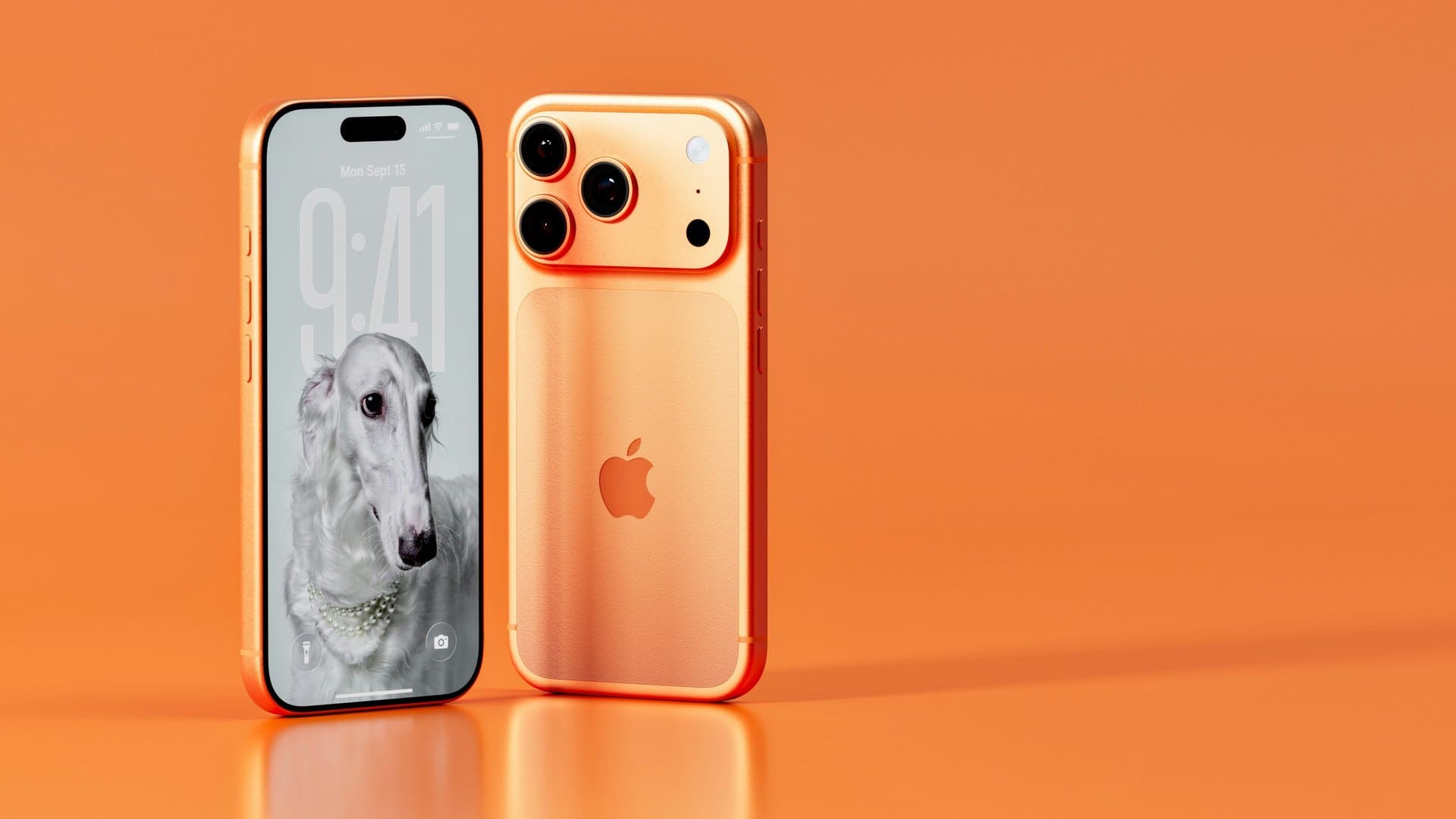Chinese iPhone 17 Buyers Face Scratching Issues on Pro Models
Exploring the widespread scratches on iPhone 17 Pro models in China, this article unpacks consumer reactions, potential causes, and market impact amid Apple’s critical product launch challenges.

Key Takeaways
- iPhone 17 Pro models in China show scratches soon after launch
- Deep blue variants are most affected by surface scuffs
- Social media in China flooded with user complaints and photos
- Apple has not yet issued an official response
- Strong sales continue despite cosmetic durability concerns

Apple’s iPhone 17 launch in China has hit an unexpected snag. Shoppers and early buyers of the Pro and Pro Max models, especially the deep blue versions, have reported scratches appearing after just hours of use or display. This surprising development has stirred a storm on Chinese social media, with millions viewing related posts and photos.
The issue challenges Apple’s claim of a more scratch-resistant aluminum shell, marking a rare blemish on the company’s flagship rollout. While sales remain robust, the scratching controversy raises questions about material durability and quality control in a fiercely competitive market.
This article dives into the nature of these complaints, consumer reactions, potential causes, and what this means for Apple’s standing in China’s smartphone arena. Here’s how the scratches on iPhone 17 Pro models are shaping the conversation.
Spotting the Scratching Problem
Imagine unboxing your brand-new iPhone 17 Pro, only to find scratches already marring its sleek back. That’s exactly what many buyers in China experienced shortly after the device’s September 19, 2025 launch. The deep blue variants, in particular, showed scuffs and scratches after just a few hours on display or in use.
Bloomberg reporters visiting Apple stores in Hong Kong and Shanghai observed similar marks on display units, confirming the issue wasn’t isolated to customer devices. Social media platforms like Weibo exploded with photos and complaints, with the related hashtag amassing over 40 million views by Friday afternoon.
This rapid spread of evidence paints a vivid picture: the scratches aren’t just anecdotal but widespread enough to spark a viral backlash. For a company that touts premium quality, this visible wear so soon after release is a jarring surprise.
Understanding Consumer Reactions
The reaction from Chinese consumers has been a mix of disappointment and frustration. In a market where device condition heavily influences resale value and personal pride, scratches on a brand-new iPhone sting deeply. Buyers took to Weibo and local forums, sharing images and venting their concerns.
One common thread is the worry that these cosmetic flaws will diminish the phone’s long-term value. In China, where smartphones often change hands quickly, a scratched finish can translate into a tangible financial loss. Beyond money, there’s the emotional hit of owning a device that doesn’t look pristine.
This social media uproar threatens to overshadow the initial excitement around the iPhone 17 launch, showing how quickly consumer sentiment can pivot when expectations aren’t met.
Examining Potential Causes
Industry analysts are zeroing in on the new surface finishing techniques Apple used for the deep blue iPhone 17 Pro models. While Apple promoted a more scratch-resistant aluminum shell, the reality seems to tell a different story. The rapid appearance of scuffs suggests the finish might be more delicate than anticipated.
Other factors under scrutiny include packaging and shipping methods, which could contribute to damage before the phones even reach customers. Quality control lapses during production are also a possibility, given the consistency of the issue across multiple units.
Apple’s history with launch-day hardware hiccups—from the iPhone 7’s glossy black finish scuffing easily to the iPhone 6 bending problem—adds context. These past challenges highlight how even industry giants can face unexpected durability setbacks.
Assessing Apple’s Market Impact
Despite the scratching controversy, early sales of the iPhone 17 Pro models in China and other Asian markets remain strong. Long lines at flagship stores and high pre-order numbers, especially for the Pro Max, indicate robust demand. However, walk-in stock is limited, with some models only available online with wait times stretching up to four weeks.
This resilience suggests that while cosmetic issues matter, they haven’t yet derailed consumer enthusiasm. Still, unresolved durability concerns could influence future purchasing decisions, especially as Apple faces stiff competition from domestic brands eager to capitalize on any weakness.
The timing is critical, as Apple also navigates challenges rolling out AI features and maintaining momentum in a fast-evolving smartphone landscape.
Navigating Quality and Consumer Trust
Apple has yet to issue an official statement addressing the scratching complaints, leaving consumers and analysts watching closely. Historically, the company has responded to similar issues with reassurances, investigations, or policy adjustments. Whether this episode will prompt such action remains to be seen.
For buyers, the situation underscores the importance of scrutinizing not just specs but real-world durability. The allure of a stunning finish must be balanced against how well it holds up under daily use. In a market where style and status are intertwined with device condition, this balance is crucial.
Ultimately, the scratching saga highlights a broader truth: quality control and consumer trust are fragile assets. Even a small imperfection can ripple through brand perception, especially in a competitive, image-conscious market like China.
Long Story Short
The scratching issue on iPhone 17 Pro models in China is more than a cosmetic gripe—it’s a test of Apple’s quality assurance and brand trust in a vital market. While the deep blue finish’s vulnerability has sparked frustration online, the strong sales figures show that demand remains high despite the blemishes. For consumers, this serves as a reminder to weigh durability alongside design when investing in premium devices. For Apple, the path forward likely involves addressing these concerns transparently to maintain loyalty and fend off rising competition. As the dust settles, the episode underscores how even minor flaws can ripple through consumer sentiment and market dynamics. The relief of a flawless device finish is more than skin deep—it’s a cornerstone of pride and value in the smartphone world.